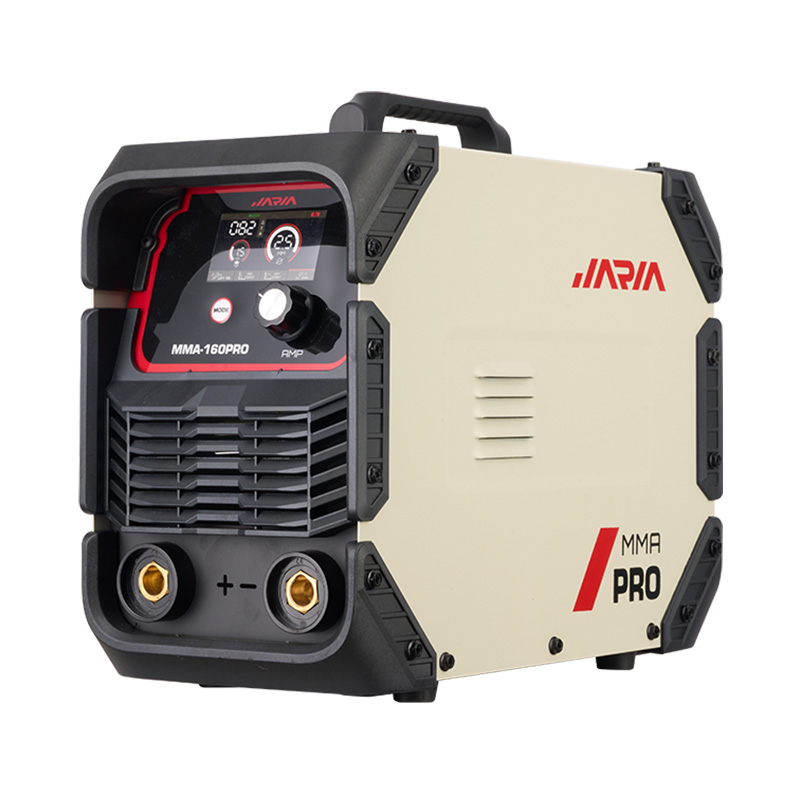In the ever-evolving world of metalworking, the quest for efficiency and precision is a constant pursuit. The advent of the plasma cutter welder has sparked a debate among professionals: Can this modern tool replace traditional welding techniques? To delve into this question, we must understand what a plasma cutter welder is and how it functions.
A plasma cutter welder is a versatile piece of equipment that combines the capabilities of both cutting and welding. It uses a stream of superheated plasma to cut through metal with remarkable precision and speed. The plasma cutter's ability to cut through a variety of metals, including steel, aluminum, and copper, has made it a popular choice in industries such as automotive, construction, and manufacturing.
One of the primary advantages of a plasma cutter welder is its speed. Traditional welding techniques often require a significant amount of time to complete a project, especially when dealing with thicker materials. In contrast, a plasma cutter can cut through metal at a much faster rate, significantly reducing the time required to complete a job. This increased speed can consequently increased productivity and cost savings for businesses.
Another benefit of the plasma cutter welder is its precision. The plasma stream is highly focused, allowing for intricate cuts and clean edges. This level of precision is difficult to achieve with traditional welding techniques, which often result in rougher cuts and the need for additional finishing work. The clean cuts produced by a plasma cutter welder can reduce the amount of post-processing required, further streamlining the manufacturing process.
The versatility of a plasma cutter welder is also noteworthy. While traditional welding techniques are often limited to specific types of metals, a plasma cutter can handle a wide range of materials. This versatility makes the plasma cutter welder an attractive option for businesses that work with multiple types of metals and require a single tool to handle all their cutting and welding needs.
However, it is important to consider the limitations of a plasma cutter welder as well. One such limitation is the heat generated during the cutting process. While the plasma cutter is highly effective at cutting through metal, the heat can cause warping or distortion in some cases. This is particularly true for thinner materials. Traditional welding techniques may be more suitable for these situations, as they can be more easily controlled to prevent heat-related issues.
Another consideration is the cost of a plasma cutter welder. These machines can be expensive, particularly for small businesses or hobbyists. The initial investment may be a barrier for some, especially when considering the cost of traditional welding equipment. However, the long-term benefits of increased speed, precision, and versatility may justify the initial expense for many businesses.
Safety is also a critical factor when comparing a plasma cutter welder to traditional welding techniques. Plasma cutters generate intense heat and light, requiring proper safety equipment such as welding helmets and gloves. While traditional welding also requires safety precautions, the nature of plasma cutting may necessitate additional safety measures.
In terms of portability, a plasma cutter welder can be an advantage. Many models are compact and lightweight, making them easy to transport and set up on various job sites. This portability can be a significant benefit for businesses that require cutting and welding services in different locations.
The learning curve associated with a plasma cutter welder is another factor to consider. While the operation of a plasma cutter is generally straightforward, it may require some training and practice to achieve the desired results. Traditional welding techniques may be more familiar to some professionals, making the transition to a plasma cutter welder a consideration.
In conclusion, the plasma cutter welder offers several advantages over traditional welding techniques, including increased speed, precision, and versatility. However, it is not without its limitations, such as the potential for heat-related issues, the initial cost, and the need for additional safety precautions. The decision to adopt a plasma cutter welder over traditional welding techniques will depend on the specific needs and circumstances of each business or individual.
As the technology continues to advance, it is likely that the capabilities of plasma cutter welders will continue to improve. This advancement may consequently even greater efficiency and precision in metalworking, potentially making the plasma cutter welder a more viable alternative to traditional welding techniques in the future. For now, the plasma cutter welder serves as a valuable tool in the arsenal of modern metalworkers, offering a unique combination of cutting and welding capabilities that can enhance productivity and quality in a variety of applications.

 英语
英语 西班牙语
西班牙语 阿拉伯语
阿拉伯语







